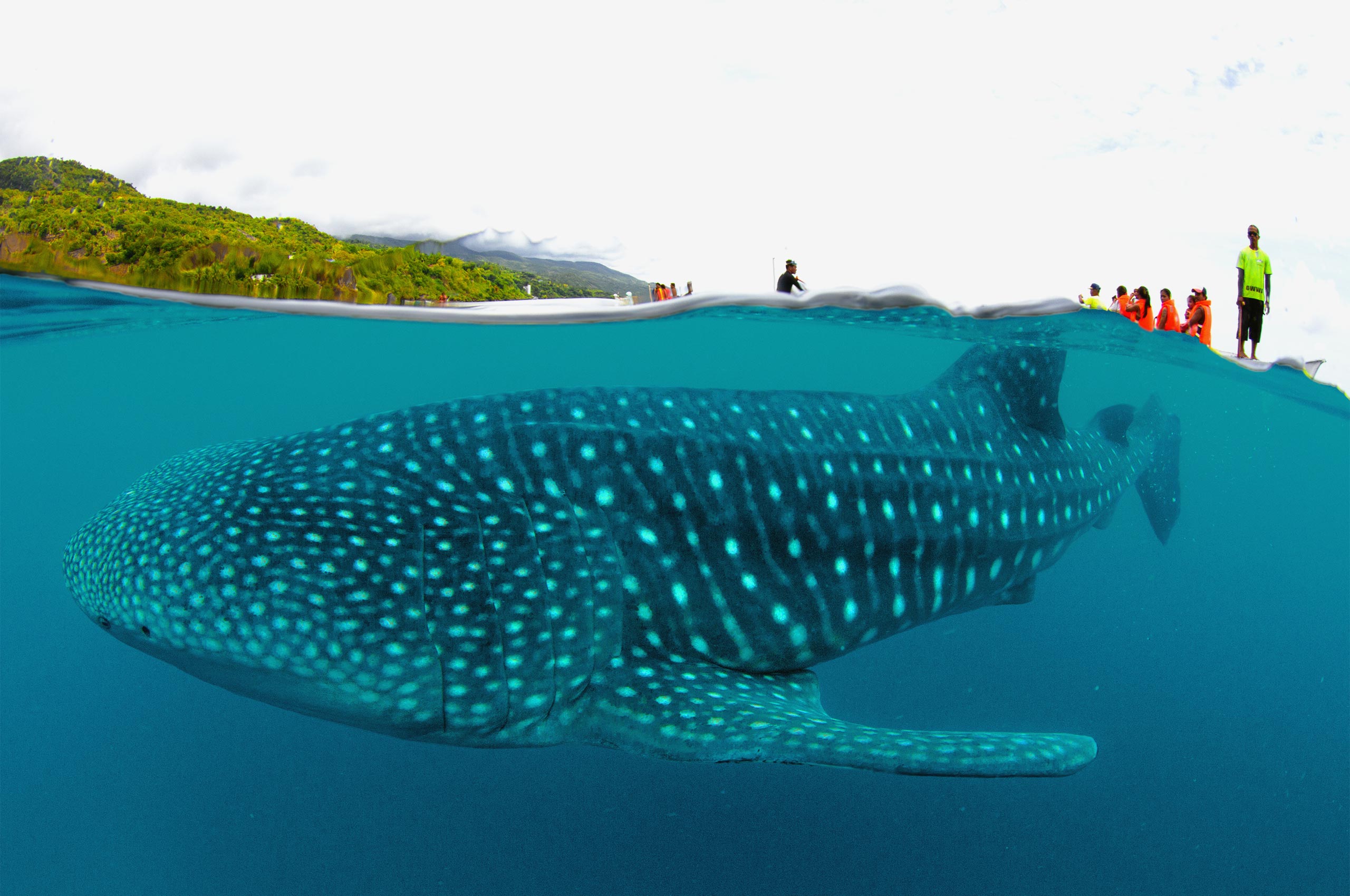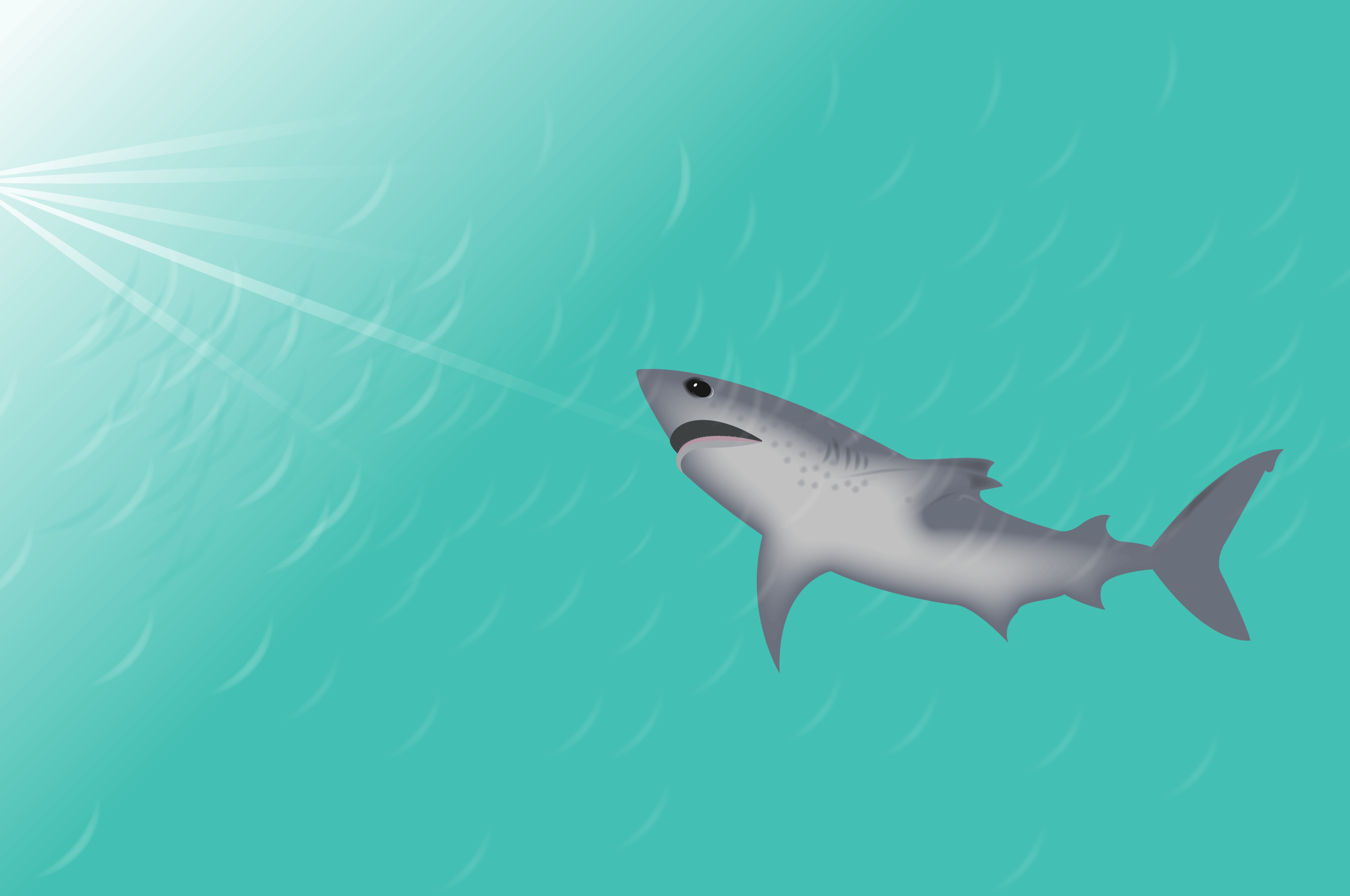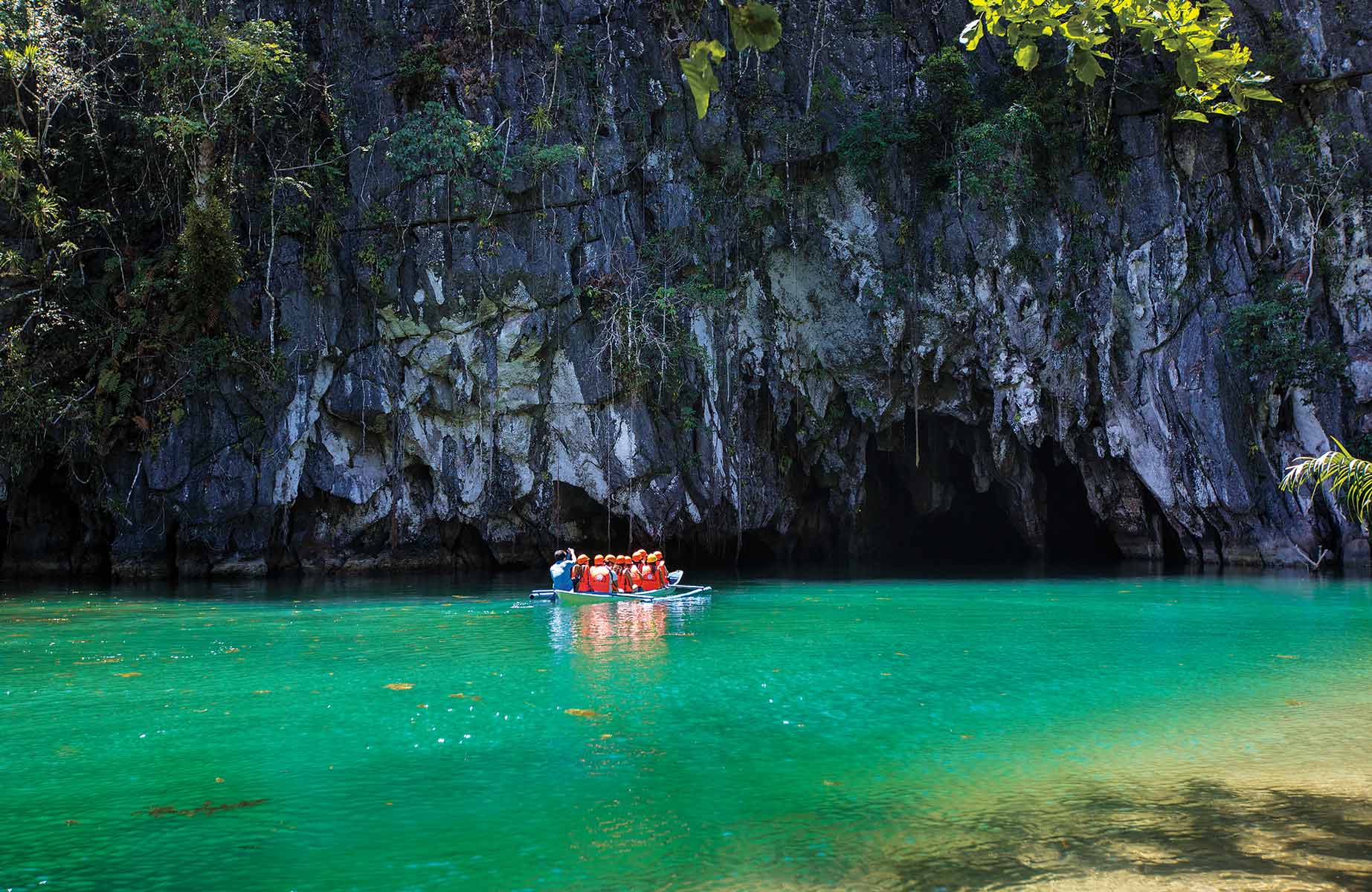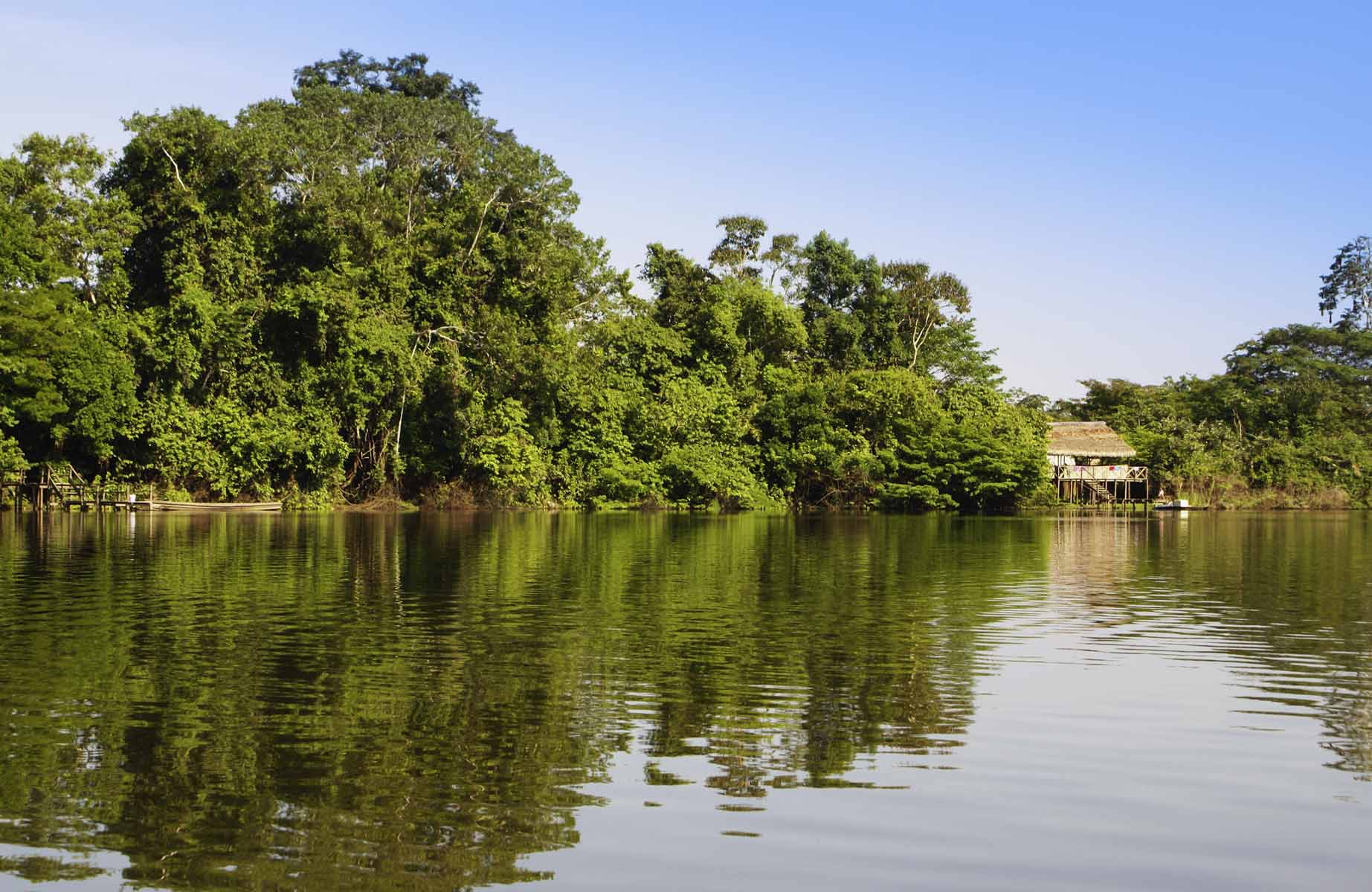The coastal town of Oslob, located at the southern tip of the island of Cebu in the Philippines, was once a sleepy village. But, the government of Oslob’s 2012 decision to approve the feeding of whale sharks has turned Cebu into a popular tourist location.
The island of Cebu is one of 7,000 islands that make up the Philippines. Getting to Cebu is fairly easy. Upon arriving in Manila, tourists can book a connecting flight to Cebu and from there, they can take a three-hour bus ride straight to Oslob, the launching place for whale shark tourism. The cost of interacting with whale sharks varies for locals and foreigners, ranging from $60–$100 per person. Whale shark interaction is a unique and rare wildlife activity, as whale sharks are known to travel great distances to reproduce and search for food. They are rarely seen in captivity.
In early 2017, marine wildlife conservationists from around the globe condemned the practice of shark feeding, saying it harmed the whale sharks by altering their migration patterns, natural behaviour, and eating habits.
According to the International Union for Conservation of Nature (IUCN) Red List, “…approximately 75 per cent of the global whale shark population occurs in the Indo-Pacific…. In the Indo-Pacific, a population reduction of 63 per cent is inferred over the last three generations (75 years).” Therefore whale sharks are listed as endangered by the IUCN. This means that whale sharks need to be protected to prevent possible extinction. In Oslob, the whale shark tourism industry is still operating even though the species is nearing extinction.
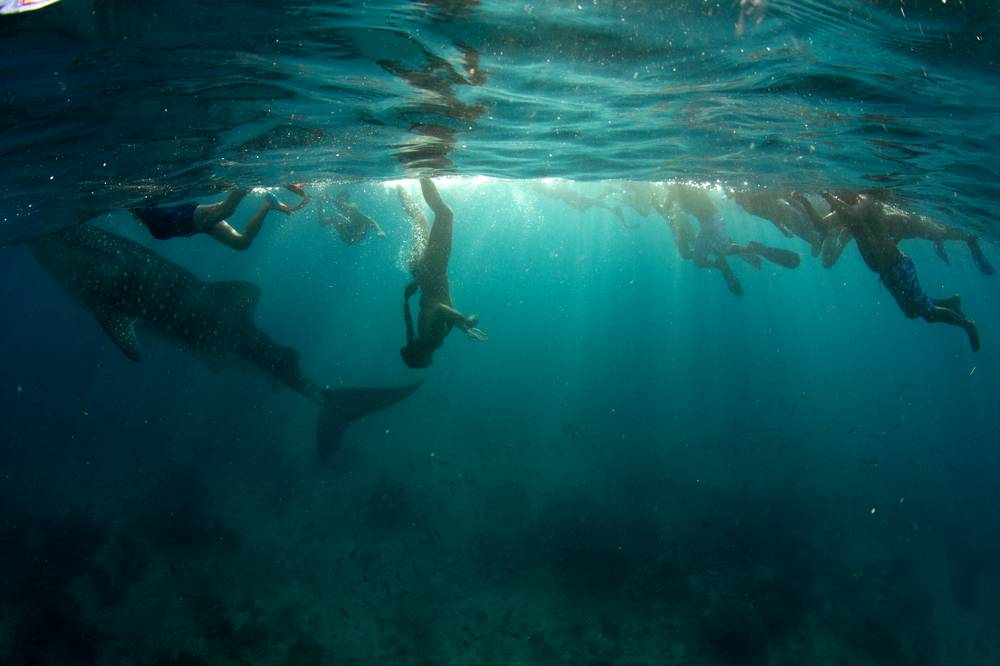
Food Provisioning
The ideal nutritional requirement for whale sharks is still unknown because their diets can be diverse. According to the 2015 PeerJ research article, “Learning from a Provisioning Site: Code of Conduct Compliance and Behaviour of Whale Sharks in Oslob, Cebu, Philippines,” the authors write, “Whale sharks are large opportunistic filter feeders in a mainly oligotrophic environment, where the ability to use novel food sources by modifying their behaviour could be of great advantage.” An oligotrophic environment is one that is naturally low in nutrients; thus, food provisioning can alter whale sharks’ feeding patterns. According to the 2017 Royal Society Open Science study, “Feeding the World’s Largest Fish: Highly Variable Whale Shark Residency Patterns at a Provisioning Site in the Philippines,” providing wild animals with food to increase sightings for tourism is a widespread and controversial practice. Its impact on the animal’s natural behaviour and welfare is misunderstood, as the practice can also lead to the whale sharks’ reliance on human feeding.
Human Contact and Interaction
In order to operate Oslob’s whale shark tourism, a code of conduct was established. According to the 2015 PeerJ study, there is only three per cent compliance with the regulations in Oslob, suggesting high tourism pressure on whale sharks. For instance, resident sharks in Oslob are noted to have callouses on their skin caused by boat contact. Dr Arnel Yaptinchay, director of Marine Wildlife Watch Philippines, says, “In general, all fish have protective mucus around them so human contact will destroy that protection, making them vulnerable to infection.”
A solution that has been suggested by experts is to use fibreglass vessels that have a smoother surface to prevent callouses from forming on the sharks’ skin whenever they are hit. According to the 2014 PeerJ study, “Population Structure and Residency Patterns of Whale Sharks, Rhincodon typus, at a Provisioning Site in Cebu, Philippines,” propeller scars were observed on 47 per cent of whale sharks. The collisions occur because villagers from coastal villages use small motorized vessels near waters where the whale sharks forage.
Alteration of Migration Patterns
Whale sharks are known to gather in a handful of different places each year with fairly predictable timing. These movements are linked to feeding and, to some extent, reproduction. Whale sharks in Southeast Asian waters are known to migrate seasonally.
Dr Wade Smith, post-doctoral fellow at the Institute for the Oceans and Fisheries at the University of British Columbia says, “The typical pattern is still unknown. But some changes in individual behaviour are occurring. The consequences of extended stays at the provisioning sites are unknown, but it appears that the consistent provisioning of food is altering the behavior of some sharks.”
Sustainability of the Practice
Although whale shark tourism may seem successful, long-term strategies need to be devised. According to Dr Smith, “This wildlife activity can continue long-term if the community recognizes that risks to whale sharks represent risks to their livelihoods. Most whale shark tourism does not involve feeding, and education to the general public will be key in moving forward.”
Dr Yaptinchay also explains, “When we talk about conservation, we talk about the precautionary principle that, even if it’s not proven that these activities will not be harmful to a protected species, you should still not do it.” Management plans traditionally have been based on this principle, which aims to take preventative actions, even if there is no scientific evidence that proves that provisioning of food in any way is harmful to whale sharks.
Fortunately, whale sharks are not only found on the coastline of Oslob. Some migrate seasonally to the coasts of Puerto Princesa City in Palawan, Donsol Bay in Sorsogon, and Sogod Bay in Southern Leyte, where these sites are used for research, which means provisioning of food is not allowed. The research sites are practising sustainable wildlife interactions with the absence of food provisioning. In contrast to the controversial practice in Oslob, in these areas, researchers snorkel with whale sharks and follow from a two metre distance when the sharks gather in the area.
Education for locals and tourists is key to sustainable tourism in Oslob. Educating people on how whale sharks live, and understanding their natural behavior instead of bribing them with food in exchange for tourist revenue, are essential.
Food provisioning alone may not harm the whale shark’s life expectancy, but all of the scientific evidence shows that whale sharks become reliant on humans as their source of food. Compliance to the precautionary principle is an ideal solution to avoid long-term harm to an already endangered species.
_____
CORRECTION: The print version of this story incorrectly cited the PeerJ article “Population Structure and Residency Patterns of Whale Sharks, Rhincodon typus, at a Provisioning Site in Cebu, Philippines” as a 2015 study. The year has been corrected.





